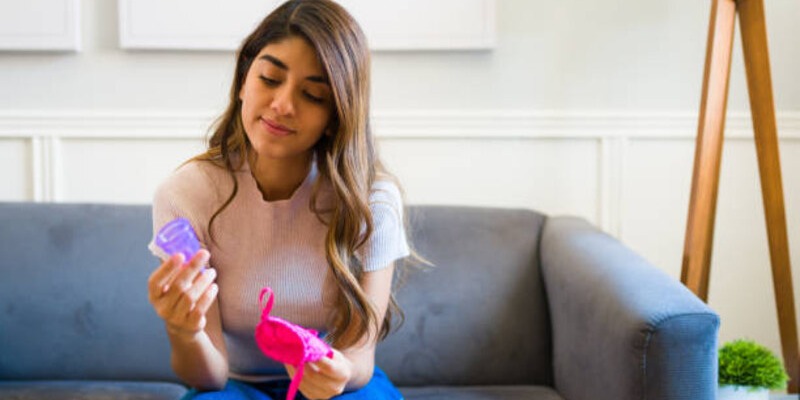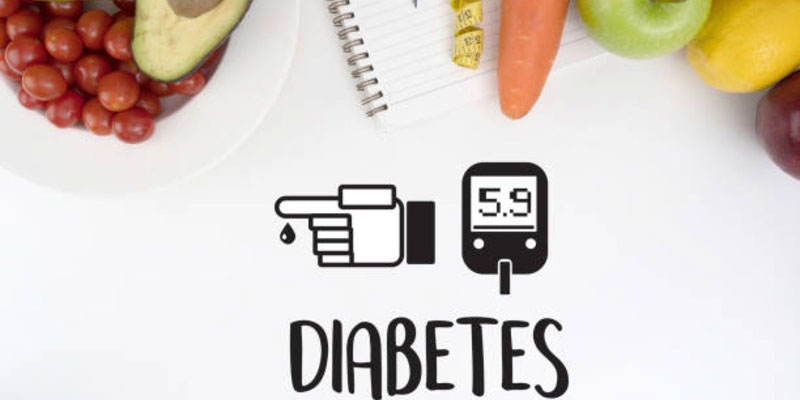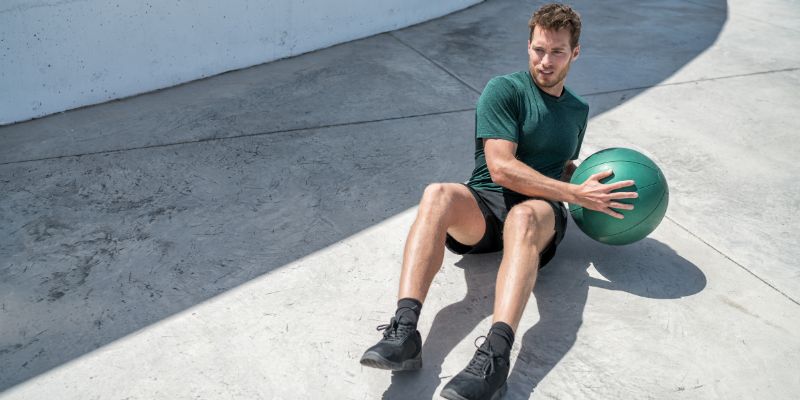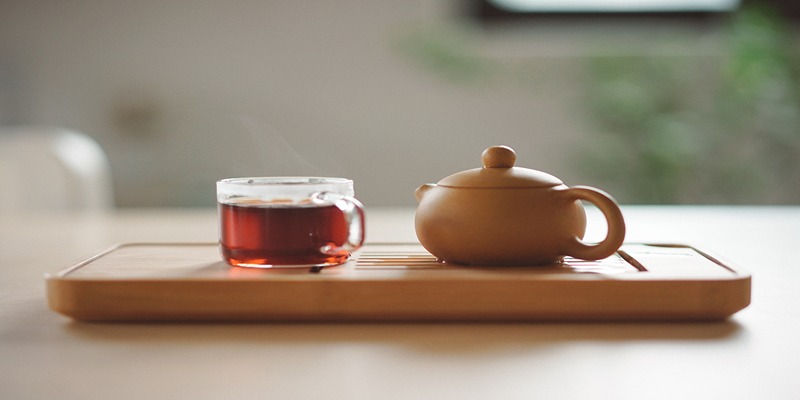
For centuries, women have relied on disposable menstrual products to get through their monthly cycle – but times are changing! Over the last few years, there has been an increasing surge in the popularity of menstrual cups as a sustainable and cost-effective option. This blog post aims to debunk common misconceptions and provide essential information about these revolutionary technologies so that every woman can make an informed decision for period management. Whether you’re new to the whole concept or merely curious about cups, this guide will give you all the facts and tips you need to understand how they work, discover why many women prefer them over traditional methods and help you decide if they're right for you. So let's dive into a world of sustainable periods with our guide to unmasking menstrual cups!
What are menstrual cups?
Menstrual cups are small, flexible cups made of medical-grade silicone or rubber that collect menstrual blood instead of absorbing it like pads and tampons. They are inserted into the vagina during menstruation and can be worn for up to 12 hours before needing to be emptied and cleaned. Unlike disposable products, menstrual cups can be reused for years with proper care and maintenance.
Why are they better than tampons or pads?
First and foremost, menstrual cups are a more sustainable option. The average woman uses over 11,000 disposable menstrual products in her lifetime, which end up in landfills and take hundreds of years to decompose. In contrast, menstrual cups can last for years with proper care and can significantly reduce the amount of waste generated from period management.
Additionally, menstrual cups are cost-effective. While the initial investment may seem higher than buying a pack of tampons or pads, in the long run, cups save money as they do not need to be repurchased every month. Plus, you won't have to worry about running out of products or making emergency purchases.
How to properly insert, remove, and clean a menstrual cup?

Inserting a menstrual cup may seem intimidating at first, but with practice, it can become just as easy as using a tampon. Here are the steps to follow for proper insertion:
- Wash your hands thoroughly before handling the cup.
- Fold the cup in half, making sure the rim is facing up.
- Find a comfortable position - squatting or sitting on the toilet works best for most women.
- Gently insert the folded cup into the vagina, aiming towards the base of your spine.
- Once fully inserted, rotate or run a finger around the base of the cup to ensure it has opened and formed a seal against the vaginal wall.
Removing a menstrual cup is similar to insertion:
- Start by washing your hands.
- Find a comfortable position.
- Gently pull on the stem of the cup until you can reach the base. Pinch or press on the base of the cup to release the suction and remove it.
- Empty the contents into a toilet or sink.
- Rinse the cup with warm water before reinserting it, if needed.
At the end of your cycle, boil the cup in water for 5-10 minutes to sterilize it and let it completely dry before storing.
Advantages of Menstrual Cups:
- Comfort: Once inserted correctly, you won't even feel the cup and can perform all your daily activities without any discomfort.
- Eco-friendly: As mentioned earlier, menstrual cups are a sustainable alternative to traditional disposable products.
- Cost-effective: n the long run, menstrual cups can save you money as they do not need to be repurchased every month. Moreover, some organizations provide free cups to women in need.
- No risk of Toxic Shock Syndrome (TSS): Unlike tampons, menstrual cups do not absorb the natural fluids and bacteria in the vagina that can lead to TSS.
- Long-lasting protection: Menstrual cups can be worn for up to 12 hours without needing to be emptied, making them ideal for long days or overnight use.
Disadvantages of Menstrual Cups:
- Learning curve: It may take some time and practice to get used to inserting and removing the cup correctly.
- Messy cleanup: Emptying and rinsing the cup can be a messy process, especially in public restrooms without access to a sink.
- Not suitable for all women: Some women may find it difficult to insert or remove the cup due to anatomical differences, such as a low cervix or narrow vaginal canal.
- Possible leakage: If the cup is not inserted correctly, it can cause leaks and make a mess.
Are there any risks associated with menstrual cups?
Overall, menstrual cups are considered safe and there are no major risks associated with their use. However, as with any menstrual product, there is a potential risk of infection if the cup is not cleaned or handled properly. It's essential to follow proper hygiene practices, such as washing your hands before handling the cup and sterilizing it at the end of each cycle.
There have also been rare cases of cups getting stuck inside the vagina due to suction, but this can easily be prevented by breaking the seal with a finger before removing the cup.
Tips on finding the right size cup for your body:

- Consider your age and whether or not you've given birth vaginally.
- Measure the height of your cervix during menstruation.
- Take into account your flow - heavier flows may require a larger cup, while lighter flows may need a smaller one.
- Research different brands and their size options before making a purchase.
- Don't be afraid to try different sizes until you find the perfect fit for your body.
Conclusion:
Menstrual cups are an innovative and eco-friendly alternative to traditional menstrual products. They offer a range of benefits such as comfort, cost-effectiveness, and long-lasting protection. However, they may not be suitable for everyone and require some practice to use correctly. It's essential to do proper research and consult with a healthcare provider before trying out a menstrual cup. With the right size and proper care, menstrual cups can make menstruation more manageable and environmentally friendly for women around the world. So why not give them a try? Your wallet and the planet will thank you!



